#vascular plant
Explore tagged Tumblr posts
Text

I didn't explain.
The lycophyte is very important role in history of planet Earth during Silurian period 🤢
#ognimdo2002#earth responsibly#science fantasy#devonian#Zosterophyllum#plant#Silurian#paleoart#paleoctober#paleontology#Vascular plant#Lycophyte#extinct#ibispaint art
34 notes
·
View notes
Text
@headspace-hotel, I know you like to talk about cane breaks sometimes. You interested in this?
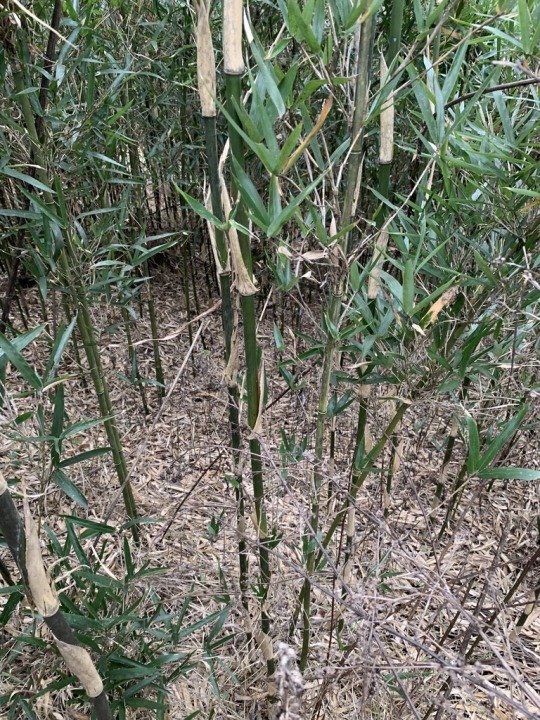



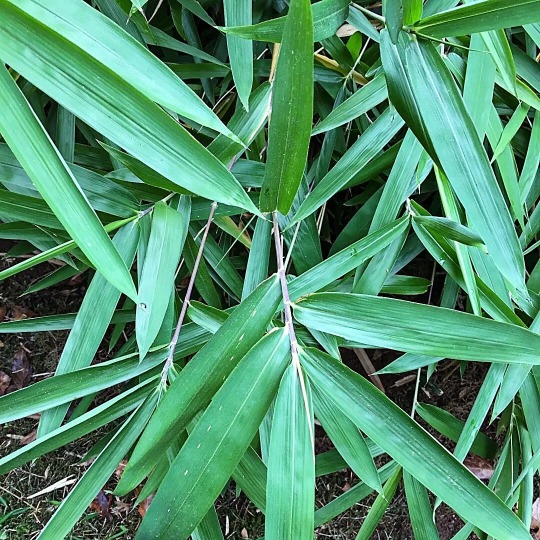
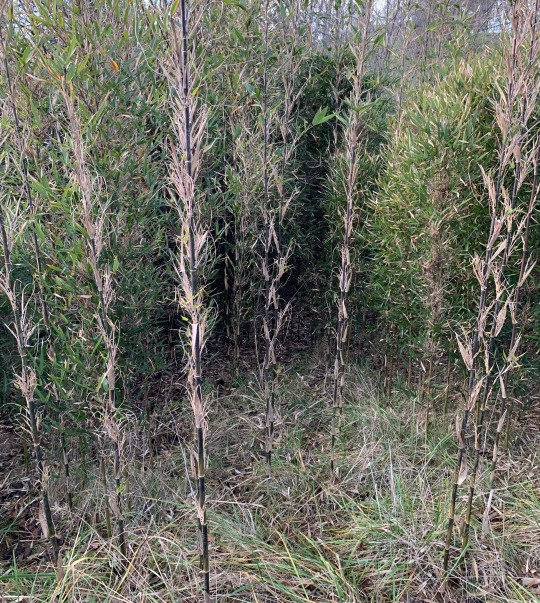
Cool Plant: Arundinaria gigantea
Giant River Cane
This plant is extra special! Not only is it one of three members of the genus Arundinaria, which together are North America's only native bamboo, it also once formed extensive bamboo forests in the American Southeast known as canebrakes, where the bamboo stalks could exceed 30 feet tall! The bamboo forests are thought to have covered 10 million acres of the southeastern United States.
River cane grows in damp areas such as low-lying woods and the edges of creeks, and has incredible abilities for resisting erosion and filtering contaminants from groundwater. It is a fire dependent species, and canebrakes were maintained by Native Americans using controlled burns. Native American peoples such as the Cherokee and the Choctaw used the river cane as a super tough all purpose crafting material for everything from flutes and blowguns to baskets, backpacks, mats and bed frames.
Nowadays, it mostly only exists in small patches along fences and in ditches, where it usually grows no taller than 10 feet or so. Since it grows in large clonal colonies and only produces seeds once before the entire patch dies, it is hard for it to reproduce these days. The destruction of the canebrakes by colonists' cattle, plowing, and neglect of the caretaking practices are thought to have helped drive the Carolina parakeet and passenger pigeon to extinction.
Many other species depend on the Arundinaria bamboos to live: there are at least 9 butterfly and moth species that use it as a host plant, and some of the rarest plants in the Southeast, including the Venus flytrap, are often found in remaining fragments of canebrakes.
210 notes
·
View notes
Text
This condition exists today in some lower vascular plants (Figure 19.25) and a few angiosperms, such as certain cacti.

"Plant Physiology and Development" int'l 6e - Taiz, L., Zeiger, E., Møller, I.M., Murphy, A.
#book quotes#plant physiology and development#nonfiction#textbook#dichotomous branching#vascular plant#psilotum nudum#cacti#ferns#angiosperms
0 notes
Text

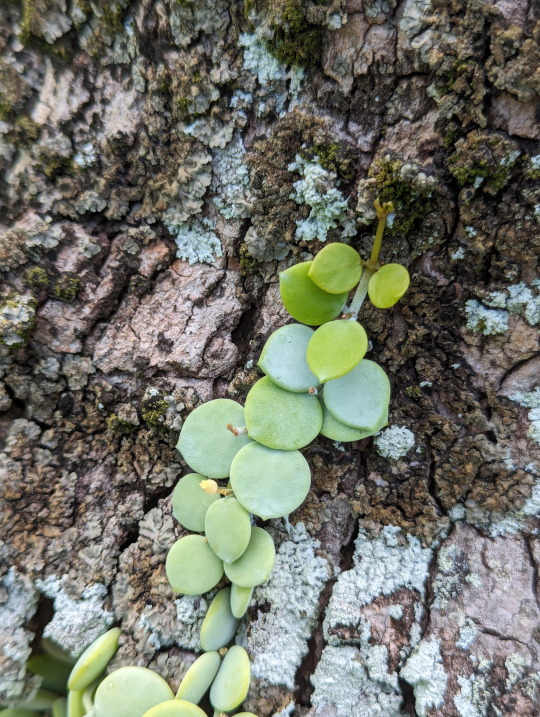
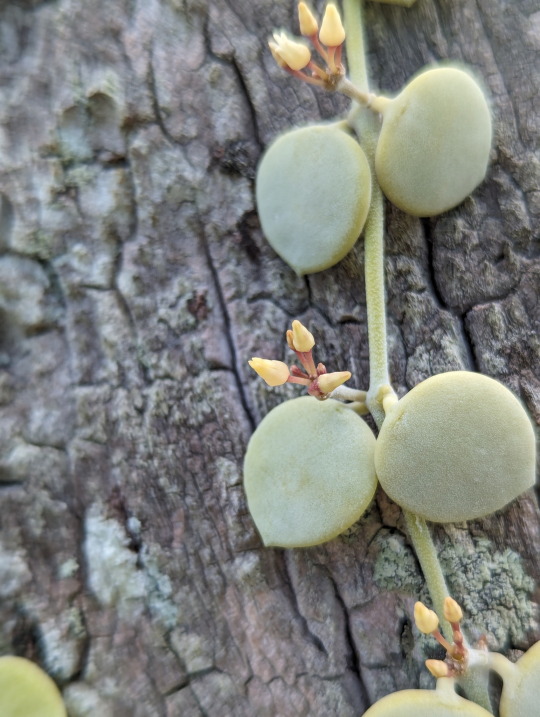
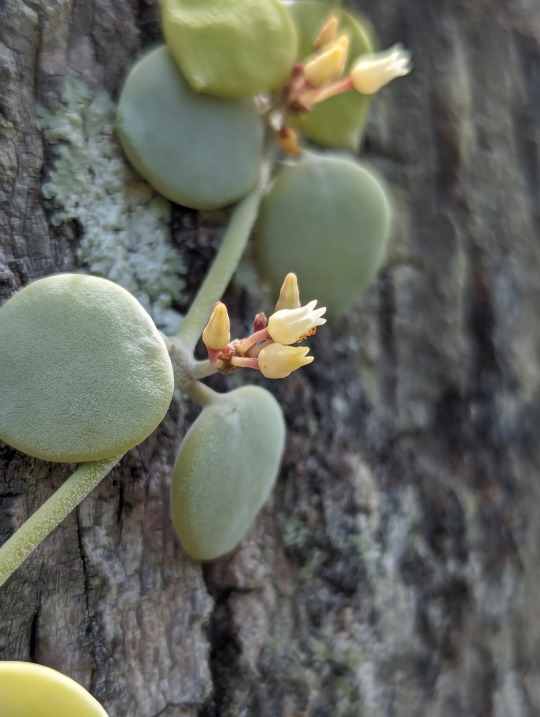

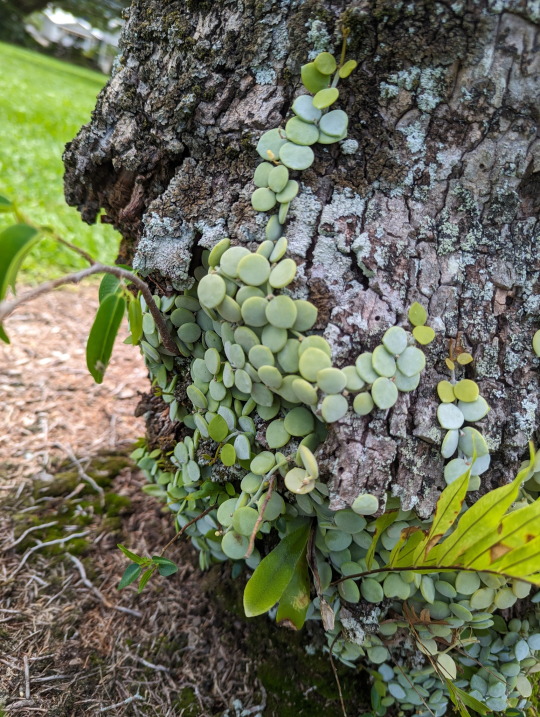
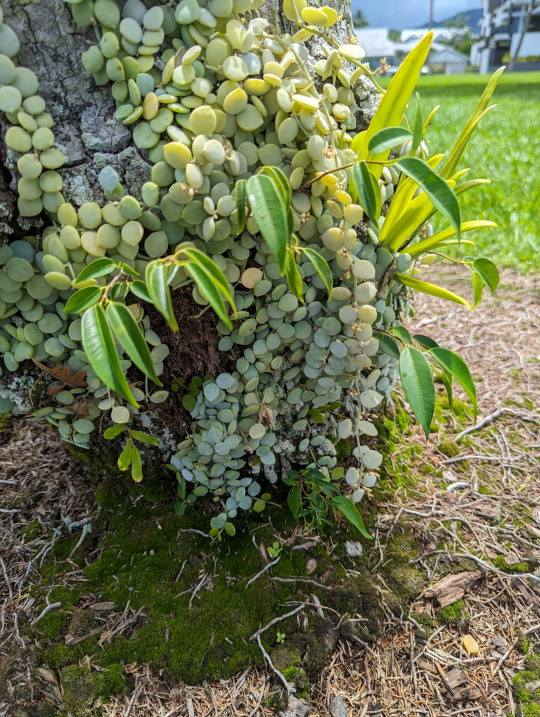
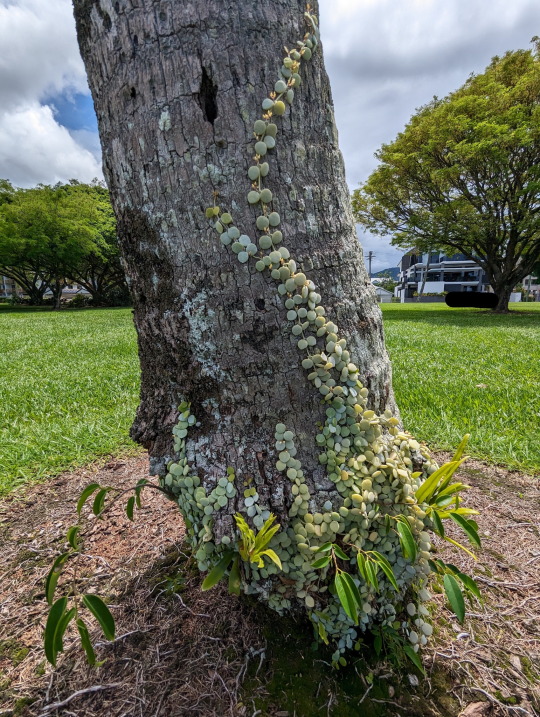
Beautiful button orchid growing on a palm tree.
17/01/24 - Dischidia nummularia
QLD:WET - Cairns
#nature#Dischidia nummularia#Button Orchid#Plantae#plants#botany#Milkweeds#Gentianales#Magnoliopsida#Dicots#Angiospermae#Flowering Plants#angiosperms#Tracheophyta#Vascular Plants
162 notes
·
View notes
Text
They should make a Star Trek-themed educational TV series where real scientists dress up as Starfleet officers, pretend to beam onto an alien planet with one or two attributes related to their field of study, and then explain the science behind those things.
#the valley is posting#the show is called 'strange old worlds' in a nod to our old world and how wonderfully weird it is#geologists 'discover' alien cyanobacteria and start talking about the great oxygenization event on earth#paleobotanists get really excited over fossils of vascular plants and explain why that's important#a physicist who's just super into optics and waxes poetic about ultraviolet radiation
17 notes
·
View notes
Text
Whilst you were out touching grass, I was touching moss you fool!
#moss#plants#bryophytes#botany#mosses#im simply better#non-vascular plants my beloved#fukign love moss my dudes#like#you don't even know#its my favouritest thing ever#awarded “Best Thing”
168 notes
·
View notes
Text
None of you thought it might be important to tell me that ferns have sperm that swim???
So.
None of you thought it might be important to tell me that ferns have sperm that swim??? I just had to find all this out on my own?

And, (apparently, & no one thought to bring this up either🙄) fern plants are only one form… they have this 'other form' (tiny, ephemeral, difficult to find in the wild) alternates generations-- Fern spores don't grow into ferns! (WHAT) they grow into 'gemetophytes' (WHAT) THEN you get a fern.
Feel like I've uncovered a massive scandal.
#plants#biology#reproduction#ferns#spores#gemetophytes#sporophyte#learning#meiosis#Polypodiopsida#Polypodiophyta#vascular plants#land plants#gametes#seeds#zygote#reproductive cycle
62 notes
·
View notes
Text
I'm so tired of the notes my foraging post only being about mushroom consumption. Yes. Mushrooms can be hazardous. Yes, they are more hazardous than plants (partly because their characters are more subtle and more easily confused!!). However, SO ARE PLANTS. I'm so tired of the fear mongering surrounding mushrooms in the foraging community while plants are treated as essentially harmless. You need to know what you are looking at! You need to be able to describe it! Or you WILL eventually hurt yourself or others! If you cannot reliably key out a species, you cannot reliably double check yourself.
#im going to eat my own hair#my post was all purpose but i didnt mention mushrooms whatsoever. there were mushrooms in that meal but guess what?#those were IDed CORRECTLY#“close enough” is not good enough with vascular plants either you fucks#(admittedly part of this may be that im bitter that everyone gives more fucks about other kingdoms than they do about the plants. sue me.)#foraging nonsense
32 notes
·
View notes
Text
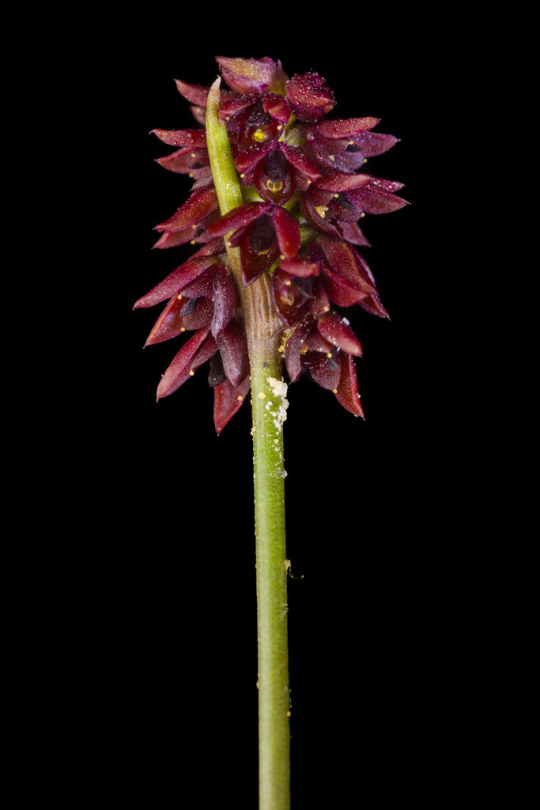
#IFTTT#Flickr#genoplesiumdensum#genoplesium#densum#sydney#nsw#australia#plantae#plant#tracheophyta#vascular#angiospermae#flowering#liliopsida#monocot#asparagales#orchidaceae#orchid#orchidoideae#orchidoid#diurideae#prasophyllinae#midge#orchids#flower#nature#2024#wildlifephotography#naturephotography
2 notes
·
View notes
Text
I told myself I was going to write this weekend, but instead, i hyperfixated on grabbing references for what Vash's wings are actually like
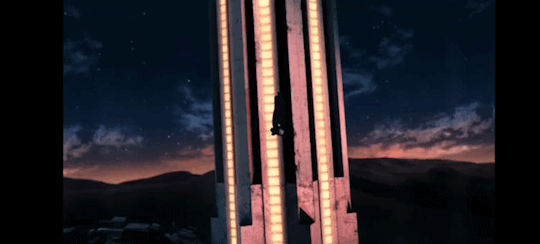



I can write about fluttering feathers all I want, but my autism knows that's not Right
There are more scenes that I didn't get around to grabbing, but I realized that might be pointless, because his wings in episode 12 are probably a panicked defense action and will settle on a more solid form the more he uses them.
For now, they're rather inky-black, solid elongated structures throughout the mass, with small blobs(reminiscent of wild trailing jade) flowing from his back into the "wing" itself

🥺 the worst part is, it's probably made up of his plant sap, and it's so dark because it's contaminated/wounded from Kni forcing himself inside and accelerating Vash's root growth beyond anything reasonable.
#trigun stampede#tristamp#wings#reference gifs#vash#plants have a vascular system#and I'm saying that's his “blood”#ramble
37 notes
·
View notes
Text

Marchantia polymorpha, a fire-following liverwort Dixie Fire Burn Scar Lassen Volcanic National Park, August 2024
#photo#plants#lassen#lassen volcanic national park#liverworts#marchantia#fire followers#not a wildflower! not an angiosperm#not even a vascular plant#don't need to be vascular to be charming!
2 notes
·
View notes
Text
honestly i think in general i need to do more research into plants because magic-based life would operate much more like plants than animals, even if they look closer to animals (most of the time)
#all the care guide says is 'biomass'#thinking again about how plants just have three organs. the roots the shoots and the leaves.#and how even vascular plants dont pump the water through their tubes. its just how theyre Shaped that pulls it up#and concentration gradients.......#i need to finally draw damien again demons keep getting weirder every time i look at them#he is so upsetting. combination garden of earthly delights and fall of the rebel angels#and ai generated video and plant anatomy#still thinking about how demons dont actually see through any eyes they have nor need eyes to see at all#because they just. all of their body sees. all of their body has all of their senses all the time#its not concentrated on a singular body part because they dont have singular body parts in the same way#like you have sawyer who has no eyes at all but sees the same as damien and dahlia#because theyre not actually sensory organs
4 notes
·
View notes
Text

That’s not a hand. It’s a paw. And that vein running down his forearm? Well it just hints at something else - if you follow my drift
#robert plant#😃#the vascular system seems in peak condition#hmmm#oh well. I can’t help it#led zeppelin#classic rock
61 notes
·
View notes
Text

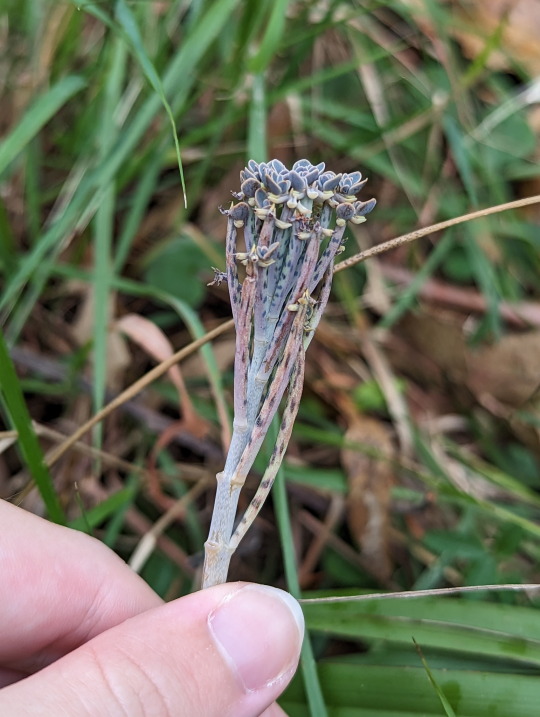
Mother-of-Millions
Kalanchoe delagoensis
20/03/23 - NSW
#Kalanchoe delagoensis#Mother-of-Millions#Kalanchoe#Kalanchoes#Crassulaceae#stonecrops#Magnoliopsida#Dicots#Angiospermae#angiosperms#Flowering Plants#flowers#Tracheophyta#Vascular Plants#Plantae#Plants#botany
350 notes
·
View notes
Text
xylem is such a fun word but i don’t see it used very often and i feel bad for it, so it’s going in the name list
xylem and phloem are the parts of plants that…i forgot what they do. they’re in the inside of the stem or something i think. they help transport water and such? maybe?
y’know my biology teacher was great but i don’t remember basically anything of what i was taught about plants because i was so stressed trying to figure out how the fuck photosynthesis works
#my biology hyperfixation extends to all types of life but some more than others#plants are cool as fuck and i love learning about them but i don’t know enough to really talk about them much#did you know trees caused a mass extinction once? i know that!#also there are…i think they’re called vascular plants? that are super tiny because they need to be completely covered in water#it has do with their structure and reproduction i think#also there’s a difference between plants depending on how many leaves they have but i don’t remember what that is#also seeds are really good at cryptobiosis and surviving in the stomachs of animals#and trees are very social species they can’t thrive without each other#that’s about all i got. some plants are carnivorous and i have a base knowledge of how they work#the sandbox tree explodes its seeds violently and is covered in spikes and poison#there are plants that strangle the life out of other plants#and tumbleweeds are extremely invasive#also some plants bleed white stuff when they’re damaged and it attracts bugs#okay now that’s all i’ve got#anyway. xylem. i like the word i think its neat
2 notes
·
View notes
Text







Look upon my beautiful mosses and weep (tears of joy), for there is nothing better than these!!
#plants#botany#moss#mosses#moss post monday#moss posting#bryophytes#non vascular plants my beloved#i love these little moss terrariums so much!#and yes all these pictures of moss I've been posting are mine
54 notes
·
View notes